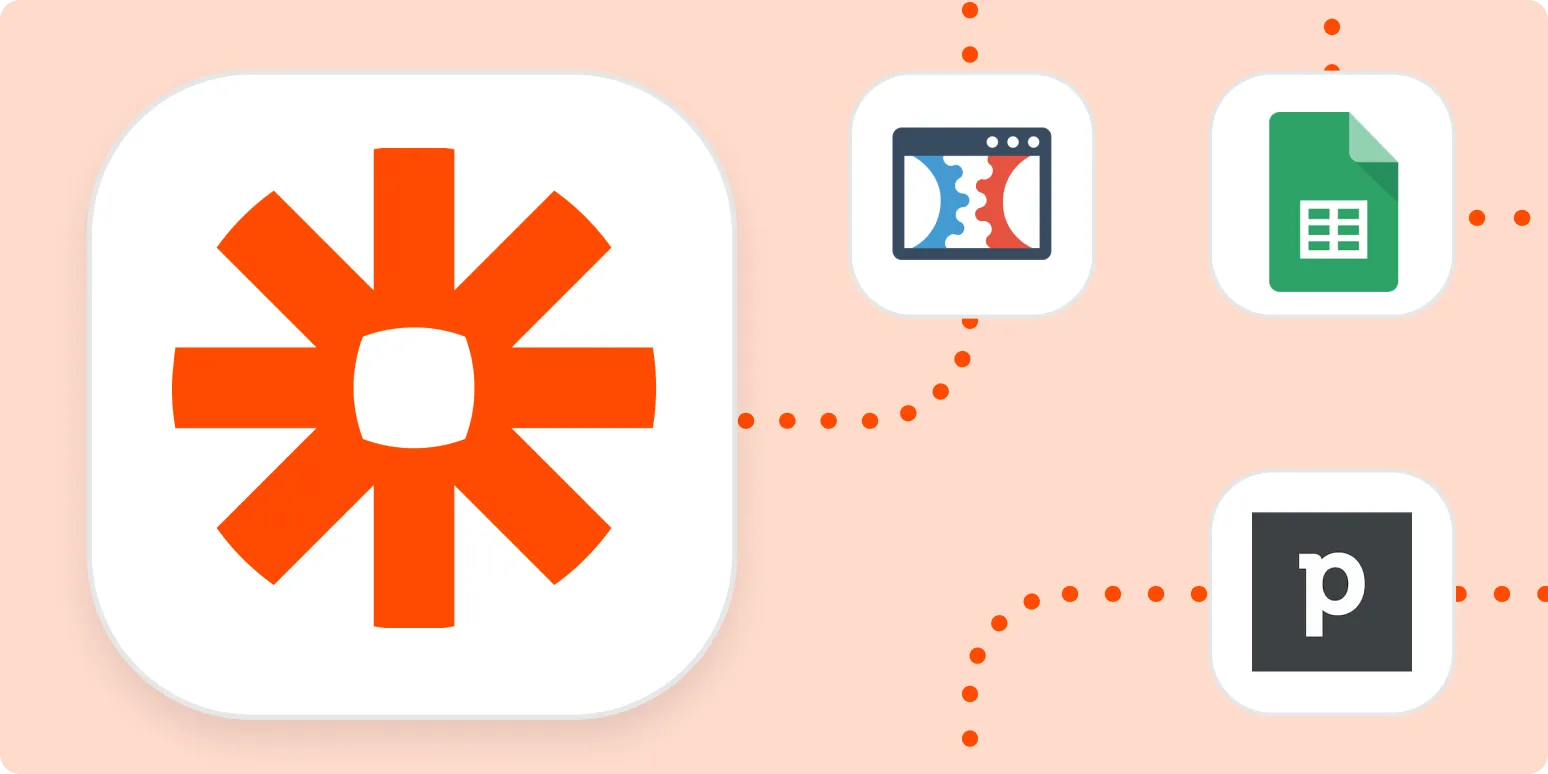When it comes to optimizing your marketing strategy, understanding your leads is paramount. One effective way to gather insights about your potential customers is through quizzes and surveys. However, simply collecting data isn't enough; you need to ''automatically segment leads'' based on their responses. This process allows you to tailor your marketing efforts and better engage with your audience. Here’s how to streamline lead segmentation effectively.
Understanding Lead Segmentation
Lead segmentation refers to the process of categorizing your leads into specific groups based on shared characteristics or behaviors. This enables businesses to deliver personalized content and offers, which can significantly increase conversion rates. By using quizzes or surveys, you can gather valuable data that helps you segment your leads effectively.
Why Use Quizzes and Surveys for Lead Segmentation?
Quizzes and surveys can provide deep insights into your audience's preferences, behaviors, and pain points. Here are a few reasons why they are an excellent choice for segmentation:
- Engagement: Quizzes and surveys are interactive, making them more engaging than traditional forms of lead capture.
- Data Collection: You can collect specific data points that are crucial for segmentation, such as demographics, interests, and buying intent.
- Personalization: The results can help you create tailored marketing messages that resonate with different segments.
Automating Lead Segmentation
To automate the segmentation process, you can use various tools and platforms that integrate with your quizzes or surveys. Here’s a step-by-step guide to setting this up:
Step 1: Choose the Right Tool
Select a quiz or survey tool that offers integration capabilities with your CRM or email marketing software. Tools like Typeform, SurveyMonkey, or Google Forms can be great options. Ensure that the chosen tool allows for easy data export or integration with tools that can handle automation.
Step 2: Define Your Segments
Before you launch your quiz or survey, it’s essential to define the segments you want to create. Consider the following criteria:
- Demographics: Age, gender, location, etc.
- Behavioral: Past purchase behavior, engagement levels, etc.
- Interests: Specific topics or products that resonate with your audience.
Step 3: Design Your Quiz or Survey
Create your quiz or survey with questions that will help you collect data relevant to your defined segments. For example, you might ask:
- What type of products are you interested in?
- How often do you purchase products in this category?
- What challenges do you face in your buying process?
Make sure that the questions are engaging and easy to answer to maximize completion rates.
Step 4: Integrate with Your CRM
Once your quiz or survey is live, connect it to your CRM or email marketing platform. Many tools offer integrations through platforms like Zapier, which can help you automate the data transfer. For example, when a lead completes your quiz, their responses can automatically create or update their profile in your CRM.
Step 5: Set Up Automated Segmentation Rules
With your leads’ responses flowing into your CRM, set up automated segmentation rules based on the data collected. For instance, if a lead indicates they are interested in ''referrerAdCreative'', you could automatically tag them for targeted marketing campaigns related to that interest. Utilize filters and tags to easily sort and manage your leads.
Step 6: Monitor and Optimize
After implementing your automated segmentation, regularly monitor the results. Analyze which segments are converting better and adjust your marketing strategies accordingly. Use A/B testing to refine your quizzes and surveys further, enhancing engagement and data quality.
Key Metrics to Track
When assessing the effectiveness of your lead segmentation, consider tracking the following metrics:
- Conversion Rates: Measure how well each segment converts into customers.
- Engagement Rates: Analyze how different segments interact with your content.
- Feedback: Collect qualitative feedback from leads to understand their experience with your quizzes or surveys.
Conclusion
Automatically segmenting leads from quizzes or surveys is a powerful way to enhance your marketing efforts. By using the right tools and strategies, you can gather actionable insights that lead to better engagement and higher conversion rates. Remember to continuously monitor and optimize your processes to ensure ongoing success. With a solid lead segmentation strategy in place, you can turn insights into impactful marketing efforts that resonate with your audience.





